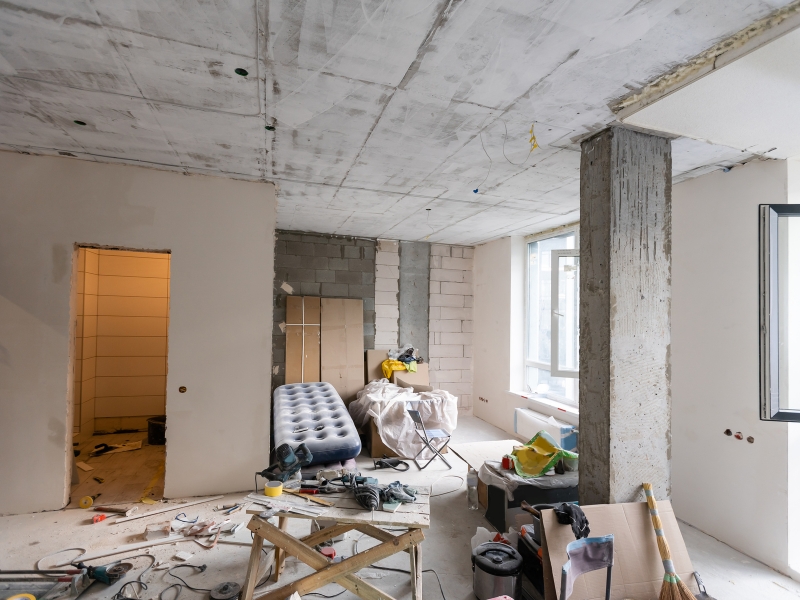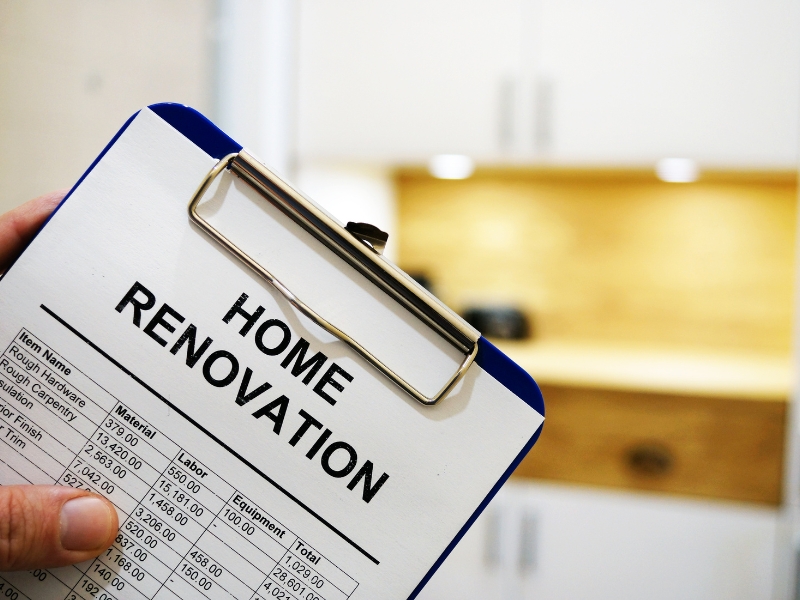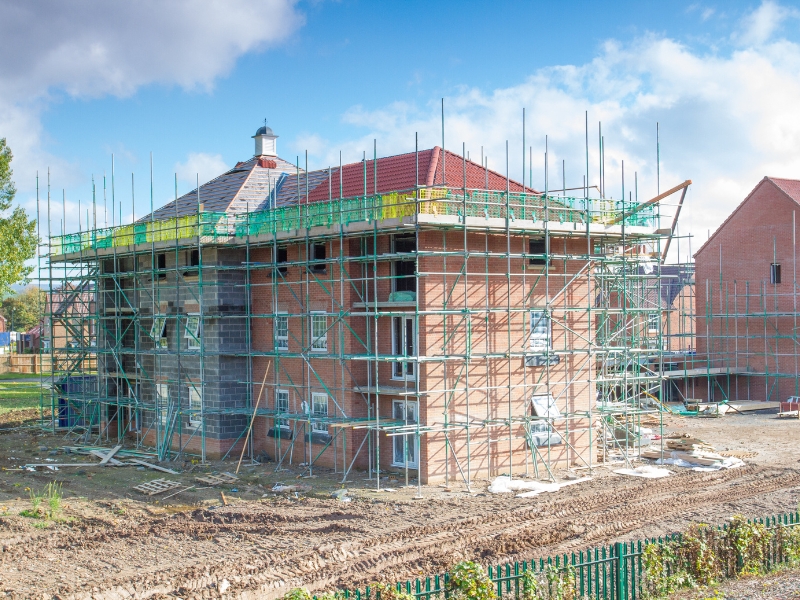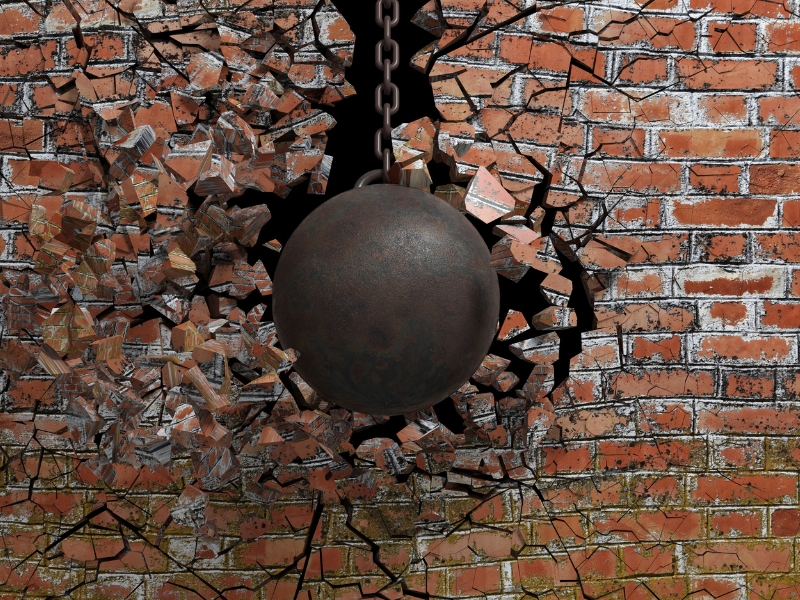Should I renovate and refurbish or rebuild?
Granted, it does seem counter-intuitive to take a perfectly good home just to demolish it and to build a new one in its place but building from scratch can in fact cost less. Not to mention the fact that you’ll have a purpose built home designed perfectly for your needs, both now and in the future.


This is a major decision, and it requires careful consideration. To make the right choice for your budget and particular needs, start with a few questions, then take a hard look at what you hope to achieve, the condition of your existing house, and any local restrictions that may affect the project.
A client purchases a run-down house in a great location, with the plan to knock it down and build a bespoke home for the family, but now they are wondering if actually a major renovation will be more appropriate. Or they have been planning an extension, remodelling of the living spaces, relocating the staircase and converting the loft, but wouldn’t it be better to just start again from scratch?
Many clients are faced with this decision at some point in their planning journey. So, what is the best solution?
Simply put, it depends. Every couple, every family and every house is individual, with individual lifestyles and demands from their living space. But by looking at a few considerations we may be able to guide you in your decision.
The major considerations are design freedom, the structural soundness of the property, budgeting, the likelihood of planning permission and sustainability.
Other equally important considerations are how you feel about the existing house, is it a family home filled with memories that you are attached to? Is it efficient as it stands, both in terms of energy use and in the way the space is used? Where and how will you live during the build?
The biggest indicator can be how much of a change you want or need. Simpler changes (e.g., an extension plus full redecoration and new windows) clearly weigh in toward a renovation, whereas if you need to completely overhaul an inconvenient or cramped space and keep nothing a rebuild is the obvious choice. Why spend time, effort and money trying to make a square peg fit a round hole?
It may be a good start to consider your priorities, what is most important to you?
Complete Design Freedom
Rebuilding inevitably creates the opportunity to build a home which is not only works for your lifestyle, but which also looks the way you want it to look.
Do you like the existing house? How far is the current style and layout from what you want? The closer the existing building is to your dream the more you should lean toward renovation, and the further away, the more you should consider the freedom of a rebuild. A major recurring reason for rebuilding is usually the design freedom it gives you – the opportunity to design a home which suits your family and your future perfectly.

Structural Soundness
If the building is generally unsound then a rebuild is required. A renovation is always possible, but renovations tend to leave the core structural elements in place and if they are not up to the job you will always have a losing hand. Also, structural changes during a renovation can come at a high cost, both financially and sustainably.

Your budget
As we mentioned, although its counter intuitive, it’s usually cheaper to demolish and rebuild than to undergo a major whole-house renovation. One reason is that while renovation work has standard (20%) VAT, building a new home is 0% VAT, via a rebate. Secondly, it’s very common to under budget for a full-house renovation. Builders often discover surprises while working which means costs and timings can quickly run away with you. A new build is easier to plan and budget for (although budget surprises of one kind or another are inevitable whatever you are planning).
Planning Permission
Planning Permission is more complex and harder to gain for a demolish and rebuild though not impossible, your new home will be expected to meet all modern building standards, including energy efficiency levels, wheelchair accessibility plus many other detailed requirements you wouldn’t expect (but we do!). One of the most important considerations is the type of house and the area in which it stands. If it’s in a conservation or sensitive area planning is always more fraught. Listed Building? Don’t waste time even asking.
Environmental Sustainability
Looking at sustainability and circularity, renovating is greener than replacing it if you can accept that route. There are two types of carbon emissions: embodied and operational. Operational is energy used in your daily life within the house. Embodied is the energy consumed by the construction of the house and to manufacture and transport all of the materials that went into it.
This means if you’re deciding whether to renovate or rebuild based on environmental sustainability alone, renovation is usually the greener choice. Unless you have a very inefficient dilapidated house and you replace it with a well-designed, extremely efficient one it can balance the books in the long term. It is estimated that replacing a house with a new one which is 30% more efficient than the average will take between 10 – 80 years to offset the carbon used in initial construction. Also, some of the embodied carbon can be clawed back by salvaging your materials from the demolition and reusing them in a circular manner. You may not make or save much money from this, but it has a significant positive effect on the environment as opposed to dumping it all in landfill.
Social Sustainability
If you rebuild a home that has been designed for the long term in mind, both in changes of lifestyle and in accessibility you are also creating a sustainable home in terms of its use. A home that can cater well for multi-generational living or is designed so that you maximise your independence well into old age is far more sustainable prospect.
Demolition
Demolishing a property is not as expensive as you may think. You can expect around £8,000-£12,000 to knock down a modest three bedroom bungalow, and approximately half as much again for a larger house. The majority of the cost is to do with disposing the waste properly. You might be even able to salvage some materials from the structure, such as tiles or period features and either re use them or sell them on sustainably. You will need to have building control approval to demolish, which may entail the commissioning of environmental and asbestos surveys and other reports before any work commences. You’ll also need to factor in your timings and consider the extra disruption to your neighbours.

